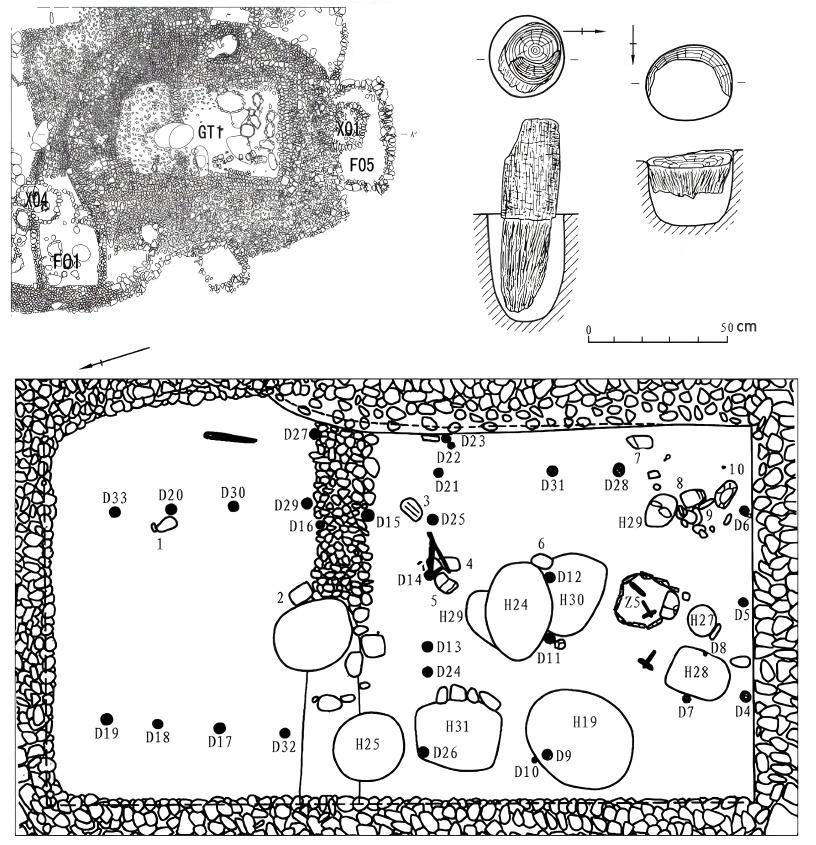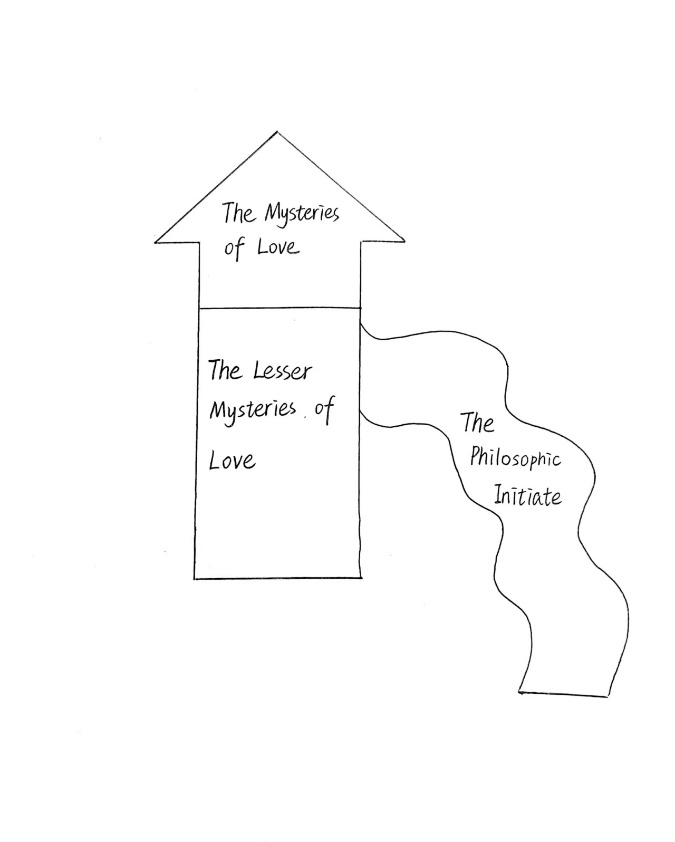

Volume 12 Issue 3
Published on July 2025The high-quality development of the cultural industry is a crucial lever for achieving Chinese-style modernization and accelerating the construction of a culturally strong nation. As a key driver of the new round of economic growth, digital technology provides fresh opportunities for the cultural industry to leapfrog in its transformation and upgrading. At this pivotal juncture, it is essential to clarify the logical framework, practical dilemmas, and resolution paths regarding the empowerment of the cultural industry by digital technology. Digital technology supports the innovative development of the cultural industry by offering scientific tools, optimizing the industrial structure to construct new paradigms, and extending value creation across the commodity chain. However, while digital technology brings technological support and innovation pathways to the cultural industry's high-quality development, it also faces several practical challenges, such as the insufficient manifestation of cluster development effects, heightened difficulties in ideological governance, and mismatches in the supply and demand of interdisciplinary talent. In practical terms, these challenges can be alleviated by enhancing digital infrastructure, guiding ideological shaping, and cultivating a new type of professional workforce. These measures can assist China in transitioning from a culturally large nation to a culturally strong one.

 View pdf
View pdf


The intense political and religious atmosphere of medieval Europe exerted great pressure on human nature, suppressing individual expression. In response, humanist thought—rooted in natural human tendencies—began to emerge under this weight. Originating in Italy and centered on the critical inheritance of classical Greek culture, the Renaissance unfolded through the medium of the arts. Boccaccio’s literary works, in particular, exhibit distinct stylistic features. His Decameron, a representative example of the frame narrative form, is imbued with the unique aesthetics of humanism and realism characteristic of the Renaissance. This aesthetic not only highlights the brilliance of human nature through its critique of the medieval Church and political authorities, but also expresses a historically specific literary style through its “text within a text” narrative structure reminiscent of One Thousand and One Nights. By blurring the boundaries between fiction and reality, this structure conveys a dual metaphor of imagery and reality, offering an interwoven and multifaceted aesthetic experience.

 View pdf
View pdf



Nomadic architecture has gradually developed a unique architectural appearance and trajectory due to the mobile production and lifestyle of nomadic peoples. This study focuses on the early residential architecture of nomadic communities in the northern grasslands of China. By tracing the morphological evolution of tent-type dwellings and analyzing archaeological remains of nomadic settlements—exemplified by the Dongheigou site—the paper summarizes the seasonal, mobile, clustered, and diverse characteristics of early nomadic architecture.

 View pdf
View pdf


Piano music education, as a core course in preschool education programs at higher normal institutions, plays a vital role in enhancing students' artistic literacy, performance skills, and overall competence. However, current university-level piano education still faces several challenges, including weak foundational knowledge, monotonous repertoire, outdated teaching models, and underdeveloped evaluation systems. These issues result in students lacking learning initiative and artistic understanding, making it difficult to meet the talent development demands of the new era. This paper analyzes the current state and problems of piano education in universities and proposes reform and innovation strategies, such as systematically strengthening theoretical knowledge, implementing group collaboration and personalized teaching, and promoting curriculum and instructional model diversification. The goal is to build a more scientific and efficient teaching system that fosters the comprehensive development of students’ artistic literacy and creativity. The study argues that piano education reform should balance skill training with cultural enrichment, integrating traditional and modern teaching approaches to cultivate versatile art professionals with both technical proficiency and humanistic spirit.

 View pdf
View pdf


Family is set in the early 1920s in Chengdu, Sichuan, against the backdrop of the May Fourth Movement, depicting the collapse of a feudal family system. Feudal ethics in the Gao family manifest in its rigid hierarchical structure, tragic feudal marriages and love stories, and the social reality of class discrimination. The younger generation—Juehui leaving home to establish a newspaper promoting new ideas, Juemin fleeing an arranged marriage, and Qin attending a women's normal school—represents not only a pursuit of personal freedom and progress but also a challenge to the entire feudal system. Through close reading, historical contextual analysis, psychological analysis, and comparative study, this paper focuses on the younger generation, represented by the three brothers Juexin, and their existential dilemmas. It exposes the inherent hypocrisy and decadence of feudal ethics, which intertwine superstition, hierarchical order, and familial morality, revealing the darkness and corruption of Chinese society at the time and delivering a scathing critique of feudal traditions.

 View pdf
View pdf


Qualitative data mining tools have been widely applied in academic research that involves qualitative data analysis. Based on the authors’ experience in analyzing interview materials collected through fieldwork, this study compares several commonly used qualitative data analysis software tools, examining their respective strengths and weaknesses. It evaluates these tools from three dimensions: cost, research needs, and technical competence. The conclusion drawn is that researchers should select qualitative data mining tools that best suit their specific needs and technical skills. Beginners are encouraged to try mature commercial software. Looking ahead, qualitative data mining tools are expected to evolve toward greater automation, connectivity, and mobility.

 View pdf
View pdf


The environmental pressure caused by textile waste is forcing the industry to explore sustainable innovation avenues. This study focuses on the collaborative application of recyclable design and upcycling strategies, exploring the construction of a circular economy model centered on material regeneration and creative use. By adopting a unique material composition, modular component design, and simplifying the fiber blending process, the recyclable design strategy significantly improved the decomposability and recycling efficiency of textiles. The practice of simultaneous upcycling transformed post-consumer and industrial textile waste into high-value-added products. Experimental data show that the fiber recovery rate increased by 27%, and energy consumption decreased by 28% compared to traditional processes. Consumer studies show that market acceptance of creatively remade products is significantly higher than that of conventional products. The research simultaneously revealed practical bottlenecks such as material compatibility and economic feasibility, and proposed targeted solutions such as standardized identification systems and automated disassembly processes. These findings provide an operational framework for balancing ecological benefits and commercial value, and offer practical references for designers, manufacturers, and policymakers to promote the ecological transformation of the textile industry.

 View pdf
View pdf


This study verified the effectiveness of the personalized support plan through comparative teaching experiments. The experimental group (60 people) simultaneously implemented the stratified teaching plan and the emotional counseling mechanism in 12 weeks, while the control group (60 people) maintained the conventional teaching mode. Standardized tests showed that the English score of the experimental group increased from 62.4 points to 78.9 points, with an increase of 21 percentage points higher than that of the control group. In the emotional engagement assessment, the experimental group achieved a significant improvement of 0.9 points on the 5-point scale, and the learning autonomy score increased by 17 points (out of 100). Classroom observations revealed that students in the experimental group showed greater initiative in selecting learning tasks and group collaboration. These data indicate that combining personalized learning paths with systematic emotional support can effectively improve students' cognitive levels and emotional engagement, thus providing a practical, replicable model for English language teaching reform.

 View pdf
View pdf



Interpretations of the educational thought in Plato’s Symposium often begin with themes such as the pursuit of truth or Socratic midwifery. However, Symposium also presents a unique educational path distinct from other Platonic dialogues—one that guides individuals in a continual ascent through a state of eros that is both intellective and mysterious. In describing this ascent, the dialogue outlines two initial pathways: the initiation of the philosophical neophyte and the "lesser mysteries" of love, both ultimately converging in the “greater mysteries.” This paper adopts this tripartite framework to interpret each speaker's discourse in Symposium, ultimately revealing a ladder of love that unites intellective and mystical dimensions. Furthermore, by considering Plato’s practical political concerns, this study emphasizes that eros must be directed toward the self and open to the lived experience of human life.

 View pdf
View pdf


This study analyzes the curatorial translation mechanism of the Sino-Western Art Dialogue exhibition, and based on five exhibition cases such as the Asian Art Museum and the Tate Modern from 2020 to 2024, reveals the visual grammar of cultural mediators. Through in-depth interviews with curators, analysis of audience behavior data and visual symbols, six fundamental translation strategies were distilled: symbol anchoring, narrative rhythm, context correction, semantic layering, sensory enhancement and participatory framework. Take a contemporary ink painting exhibition as an example. The curatorial team deconstructed the brushstrokes of calligraphy into dynamic projections, allowing Western audiences to understand the aesthetics of qi Yun through the rhythm of brushwork. Eye-tracking data shows that the length of stay and comprehension score of these exhibition areas that incorporate interactive narratives are significantly higher than those of traditional exhibitions. The research also revealed differences in cultural decoding—the concept of empty space in Ming Dynasty landscape paintings is often misinterpreted by non-Chinese audiences as a compositional flaw. At this stage, a “visual dictionary” must be implemented: by integrating sensory projections into the exhibition wall, when the viewer observes for more than five seconds, the pavilions and terraces of the paintings will emerge through a three-dimensional perspective analysis. These practices provide methodological references for intercultural exhibitions.

 View pdf
View pdf




